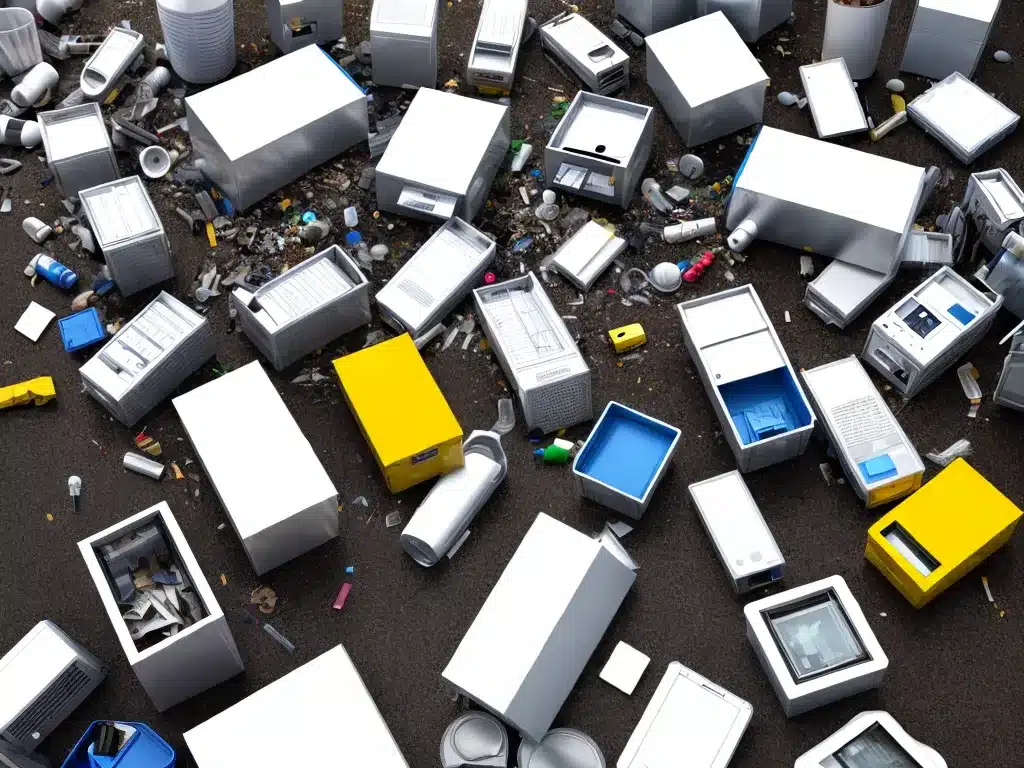Data Destruction: Why Proper Disposal Matters
Introduction
Data breaches and identity theft are serious threats in the digital age. As I accumulate more digital data throughout my life, from financial and medical records to personal photos and documents, properly destroying data when it’s no longer needed is crucial. In this article, I’ll explain what data destruction is, why it’s important, and share tips for safe data disposal.
What Is Data Destruction?
Data destruction is the process of completely eliminating data stored on electronic media so that it cannot be accessed or read. This is typically done by physically destroying the storage media or using software to permanently erase the data.
Some key types of data destruction include:
-
Physical destruction – Physically damaging storage media through methods like disk shredding, disk crushing, or degaussing. This makes the drive or device completely unusable and the data irretrievable.
-
Digital wiping – Using software to overwrite data multiple times or erase it digitally. This removes sensitive information from the logical storage space.
-
Cryptographic erasure – Encrypting data then destroying the encryption keys. Without the key, the data cannot be decrypted and is rendered unreadable.
Why Properly Destroy Data?
There are several important reasons to properly destroy data when it is no longer required:
Prevent Data Breaches
- If old drives or devices containing sensitive data are not properly wiped, they pose a huge security risk if lost or stolen. Proper data destruction mitigates this.
Avoid Identity Theft
- Personal and financial information left on old devices can lead to identity theft if it falls into the wrong hands. Secure data destruction helps prevent this.
Comply With Regulations
- Industries like healthcare and finance have strict data security regulations, including mandates to destroy data by approved methods.
Free Up Storage Space
- Physically destroying unneeded drives and digitally wiping reusable media frees up valuable storage space on hardware.
Environmental Responsibility
- Safely wiping and reusing old electronics is eco-friendly compared to discarding equipment.
Tips for Safe Data Destruction
Here are some tips to properly dispose of and destroy data:
Delete Sensitive Files
- Before wiping or disposing of a device, delete confidential documents, photos, emails, and other data. Then empty the recycle bin.
Use Disk Wiping Software
- Utilize disk wiping programs like DBAN that overwrite data to make it unrecoverable. Perform multiple overwrite passes for greater security.
Encrypt Drives Before Wiping
- Encrypting data prior to digital wiping provides an added layer of protection in case the wiping is interrupted.
Physically Destroy Media
- For maximum safety, physically damage old drives and devices using methods like disk shredding. This ensures the media is unusable.
Use A Reputable Destruction Service
- For large volumes of equipment, hire a certified data destruction company to securely wipe and/or shred drives. Require a certificate of destruction.
Track Asset Disposal
- Keep records of disposed devices, wiped media, and destroyed disks. This documents proper procedures were followed.
Conclusion
Protecting sensitive information requires properly destroying data when it’s no longer needed. Failing to fully wipe or damage old media can lead to devastating data breaches. By physically destroying devices and digitally overwriting data using secure methods, I can help prevent identity theft and maintain privacy. Proper data destruction is essential for individuals and organizations alike in the digital world.












